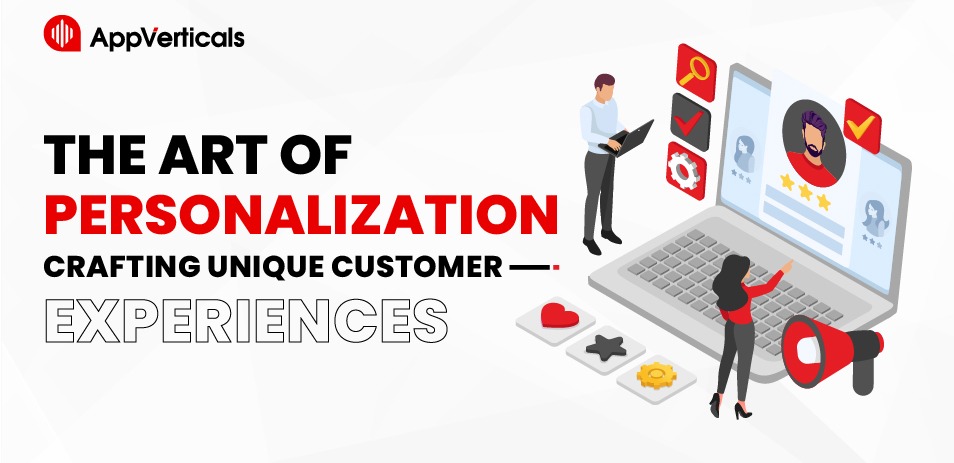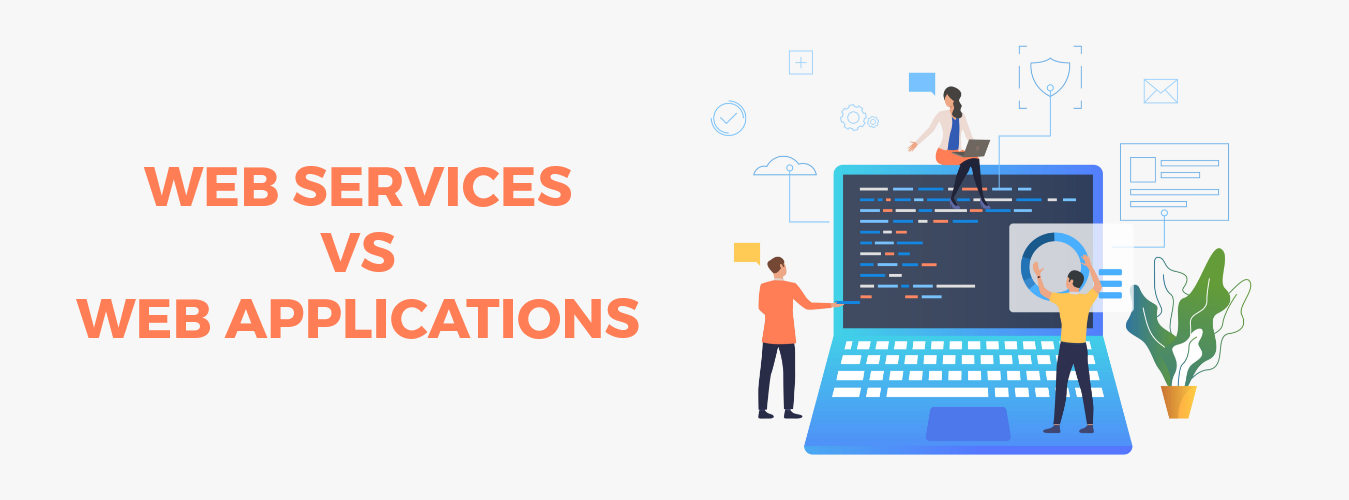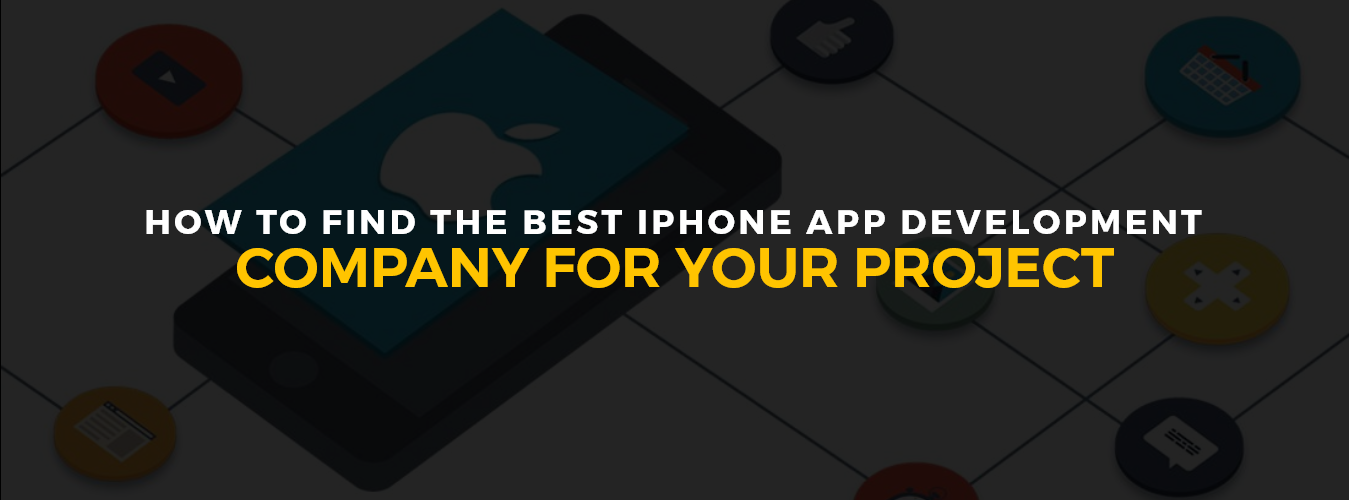Crafting Your Ideal Mobile App/Experience Starts Here!
Ready to elevate your business? Your custom app is just a click away.
Yes Let’s goAugmented Reality development in Android involves using software development tools to create mobile applications that use the camera and other sensors on an Android device to overlay digital content in the real-world environment. This digital content can include 3D models, animations, text, and other visual and audio elements.
Developers can use AR platforms like Google ARCore, Vuforia, or Wikitude to create AR experiences for Android devices. These platforms provide developers with tools and libraries for building AR apps, including tracking algorithms, 3D rendering engines, and user interface components.
AR development in Android involves working with programming languages such as Java or Kotlin and Android Studio, an Integrated Development Environment (IDE) that provides a complete set of tools for building Android apps. Developers can use Android Studio to design the app’s user interface, write code, and test and debug the app on a virtual or physical Android device.
AR development in Android requires a deep understanding of computer vision, graphics, and other technologies used to create AR experiences. Developers must be skilled in 3D modeling, animation, and user experience design.
AR development in Android is a rapidly growing field with many opportunities for developers to create innovative and engaging AR experiences for users. As the technology continues to improve, the potential for AR development in Android is limitless.

A step-by-step guide to building an augmented reality Android app:
Building an augmented reality Android app requires a combination of technical skills, creativity, and a thorough understanding of the principles of augmented reality. Here is a step-by-step guide to help you build an augmented reality Android app:
Step 1: Understand Augmented Reality
Before building an AR app, it’s important to understand the basic principles of augmented reality. Augmented reality integrates digital content into the physical world, creating an enhanced version of reality. It combines computer vision, graphics, and other technologies to create an interactive experience for the user.
Also Recommend: Differences Between iOS and Android App Development
Step 2: Choose an AR Platform
There are various AR platforms to choose from when building an Android app. Some popular platforms include Google ARCore, Vuforia, and Wikitude. Research each platform to determine which will best fit your app’s needs.

Step 3: Choose a Development Tool
Once you’ve chosen an AR platform, you must choose a development tool. Android Studio is the most popular tool for Android app development. It’s free, easy to use, and provides all the necessary tools for building an Android app.
Step 4: Plan Your App
Before starting development, plan your app’s user interface, functionality, and design. Create wireframes and mockups to give you a better understanding of how your app will look and function.
Step 5: Build the App’s Core Functionality
Start by building the core functionality of your app. This may include integrating the AR platform, creating 3D models, and building the app’s interface.
Step 6: Integrate AR Elements
Once the core functionality is complete, you can integrate AR elements into your app. This may include adding 3D models, animations, and other visual elements to create an augmented reality experience.
Also Recommend: WooCommerce vs Shopify
Step 7: Test Your App
Testing is an important step in the app development process. Test your app on multiple devices to ensure it’s functioning properly, and the AR elements are working correctly.
Step 8: Publish Your App
Once your app is complete and tested, it’s time to publish it to the Google Play Store. You must create a Google Play Developer account, follow the submission guidelines, and provide all the necessary information.
Step 9: Market Your App
Marketing is important to ensure your app gets noticed. Create a website or social media presence to promote your app, and reach out to influencers or other websites for potential partnerships.
Building an augmented reality Android app requires a combination of technical skills and creativity. By following these steps, you can build an app that provides users an engaging augmented reality experience.
There are many benefits of augmented reality Android apps, including:
Enhanced user experience
Augmented reality adds a new dimension to the user experience, making it more engaging, interactive, and immersive.
Increased brand recognition
By creating an innovative and unique augmented reality app, businesses can increase their brand recognition and stand out.
Improved customer engagement:
Augmented reality apps can help businesses engage customers in new and creative ways, increasing customer loyalty and satisfaction.
Better training and education
Augmented reality can create interactive training and educational materials, making learning more engaging and effective.
Enhanced visualization
Augmented reality can help users visualize products, designs, and other objects more realistically and interactively, leading to better decision-making.
Improved marketing and advertising
Augmented reality can be used to create innovative and interactive marketing and advertising campaigns, increasing user engagement and brand awareness.
Increased revenue
By creating unique and engaging augmented reality apps, businesses can attract more users, increasing revenue and profits.
Augmented reality Android apps have the potential to revolutionize the way we interact with technology and the world around us, providing new and innovative ways to learn, engage, and entertain.
Conclusion
In conclusion, augmented reality Android app development is a rapidly growing field with many benefits for businesses and organizations. With the increasing popularity of AR technology, businesses can create innovative and engaging apps that provide users with unique experiences and increased brand awareness.
To develop an AR Android app, businesses can work with experienced development teams such as AppVerticals specializes in AR app development. These teams use cutting-edge AR platforms and technologies to create custom AR apps that meet the specific needs and goals of the client.
AR Android app development is a complex process that requires expertise in various technologies such as computer vision, 3D modeling, and user experience design. By partnering with a reliable android app development services, businesses can create successful AR apps that provide users with exciting and interactive experiences.
Crafting Your Ideal Mobile App/Experience Starts Here!
Ready to elevate your business? Your custom app is just a click away.
Yes Let’s go







